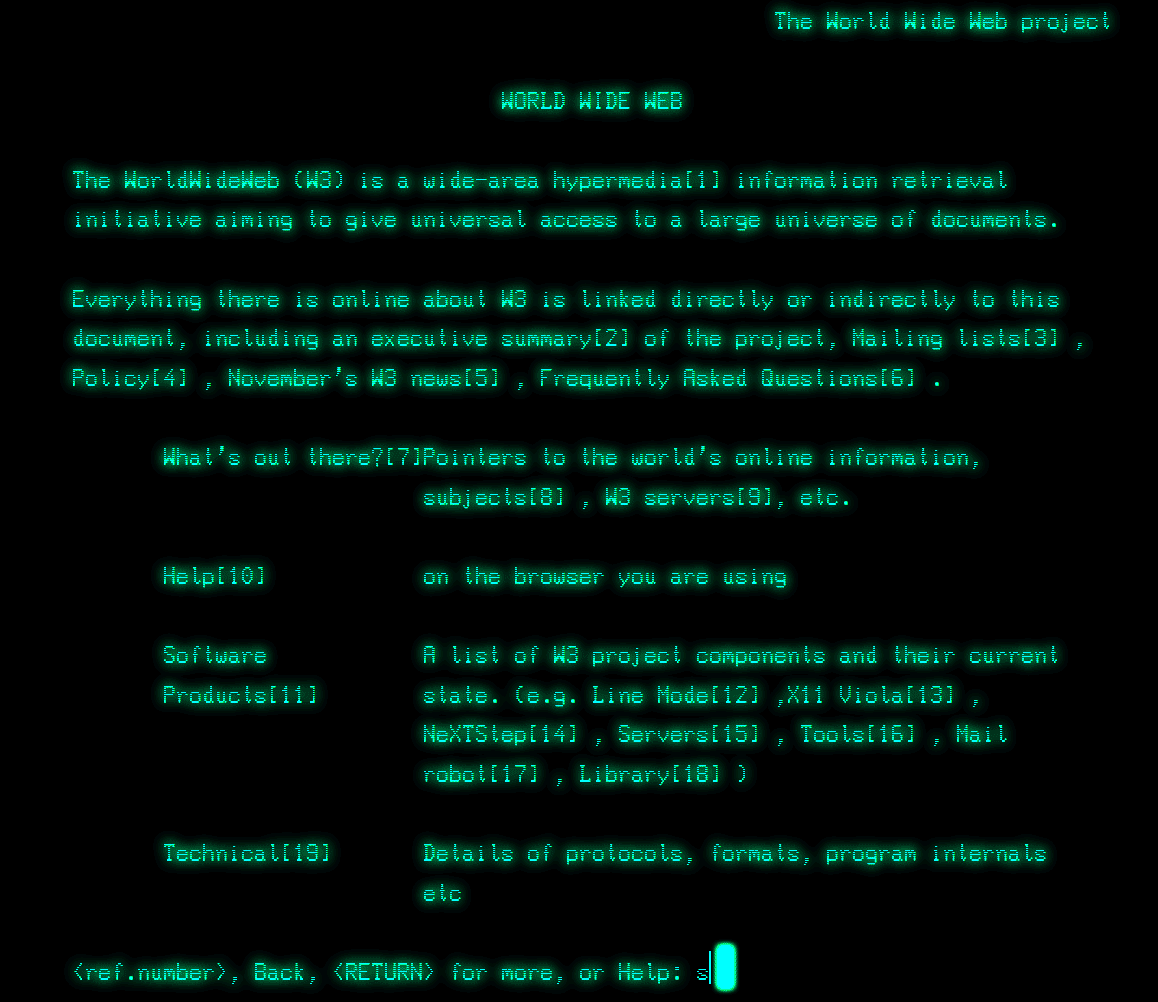The internet, and the World Wide Web are based on plain text.
Everything on the web is plain text: .html, .css and .js files. (Pictures, audio and video aren’t in plain text of course – but they were added on the web much later.) To be a productive web designer, you need to be able to efficiently edit text files – and even several ones at once.

In 1989, when Tim Berners-Lee and Robert Cailliau invented HTTP and HTML, there was no “visual” world wide web. The world would have to wait until the launch of Mosaic to have a “graphical browser”.
For years, and even decades, computer networks were criss-crossed by typing commands in Terminals and using text-only tools like FTP for transferring files or various text editors (from nano to Vim and Emacs) to create and edit them.